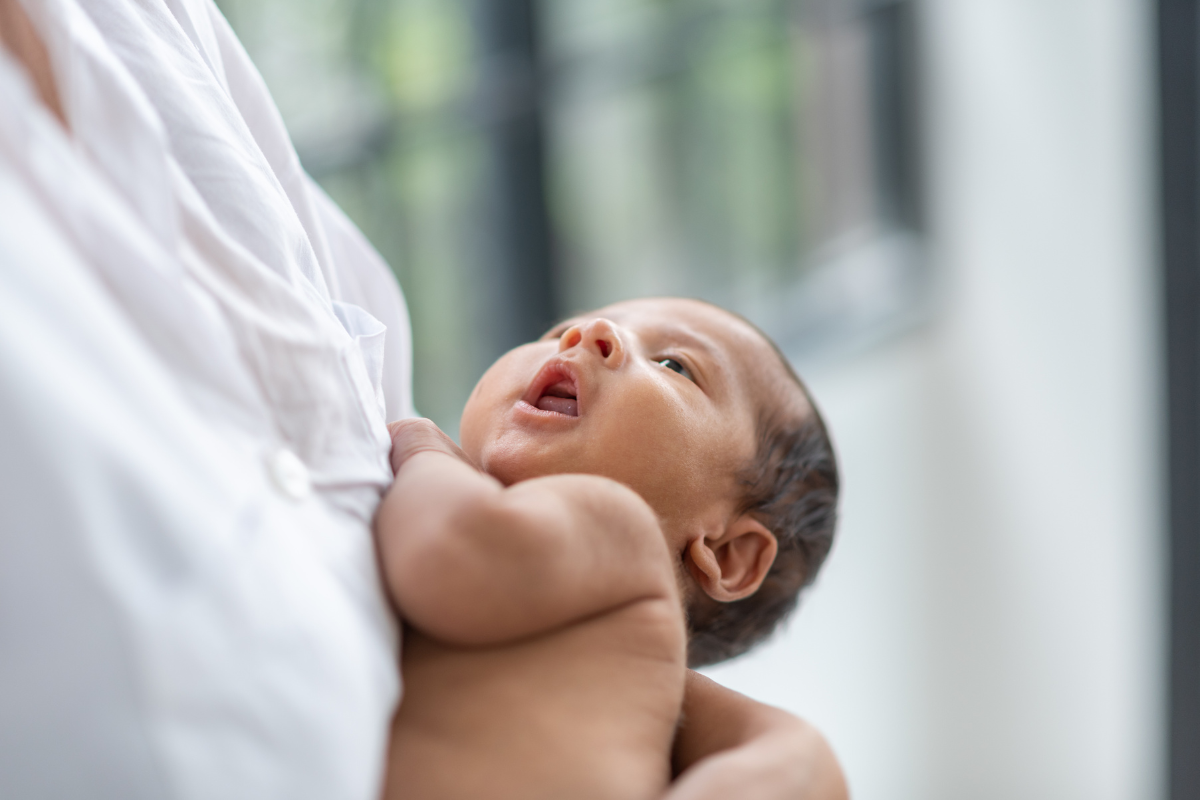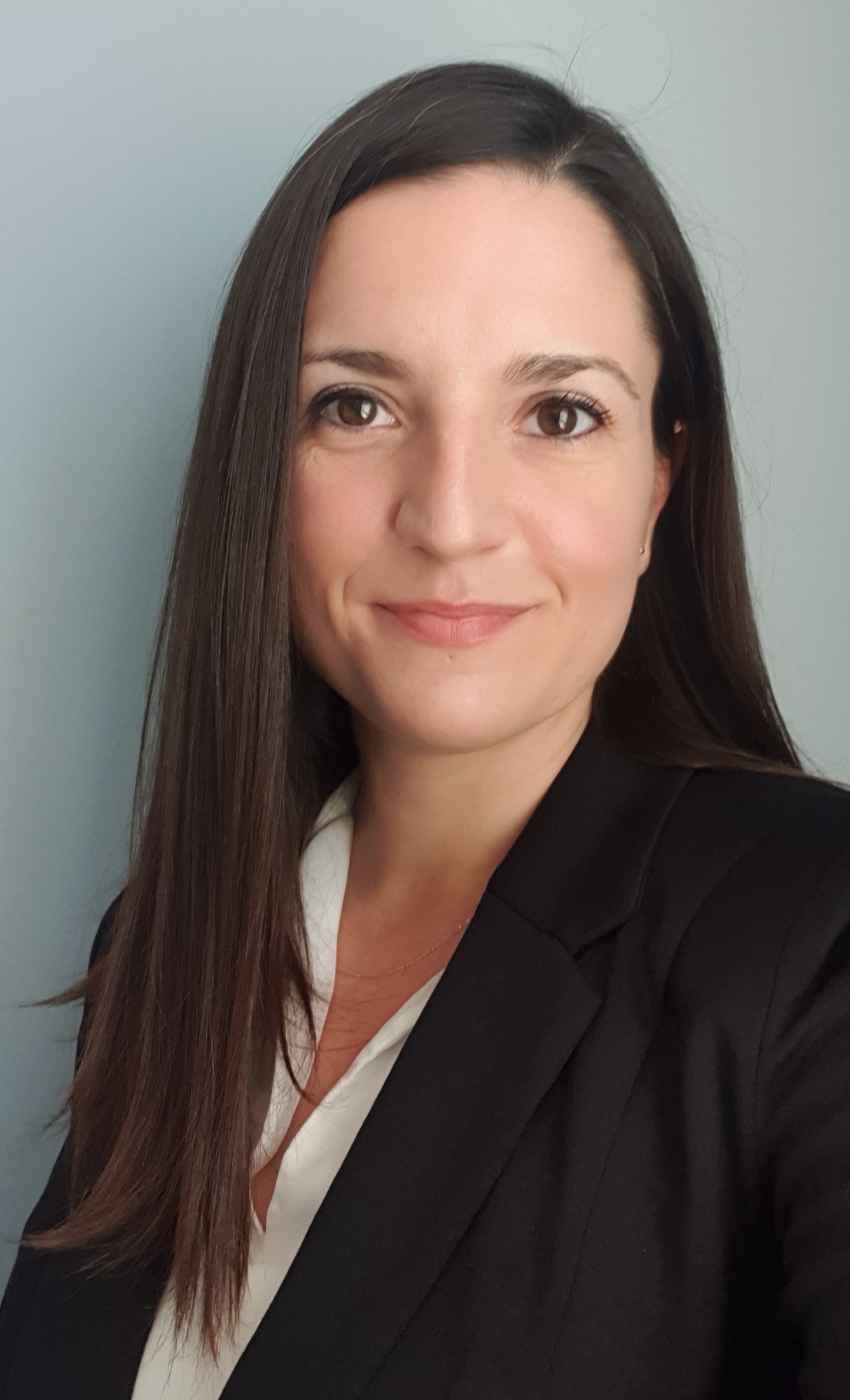Breaking down NACI’s latest RSV immunization recommendations for infants
June 14/2024
Assistant Professor Tiffany Fitzpatrick explains NACI’s latest RSV immunization recommendations for infants and what this new guidance means for parents.
By Ishani Nath
Respiratory syncytial virus (RSV) is the most common respiratory virus in infants and young children, and until recently, there weren’t many options for protection. But that is about to change.
RSV is seasonal, and usually hits in the winter months (November to April). By age two, nearly all children have had RSV. While many experience mild cold-like symptoms that clear in a few days, some children, especially infants, experience severe infections that can lead to hospitalization, potential long-term effects like asthma, and even death.
“When the kids are really young, their lungs are underdeveloped and small, so if you get any type of mucus in there, it’s hard to clear it,” says Assistant Professor Tiffany Fitzpatrick, an epidemiologist who studies RSV, when explaining why new babies have a higher risk of serious RSV complications. Since there are no targeted treatments for RSV, Fitzpatrick adds that prevention is crucial — which will now be possible thanks to new immunization options.
Last year, Health Canada approved nirsevimab, a one-dose antibody-based drug that protects infants from severe RSV complications. Now, the National Advisory Committee on Immunization (NACI) has released their recommendations for preventing RSV in infants.
“The NACI recommendations outline what provinces and territories should do with nirsevimab — so who should be eligible for it,” says Fitzpatrick, a member of the Centre for Vaccine Preventable Diseases (CVPD) at the Dalla Lana School of Public Health. And according to the latest guidance, NACI recommends “building towards a universal RSV immunization program for all infants.”
Fitzpatrick spoke with us to break down NACI’s RSV immunization recommendations and what this will mean for parents and infants across the country.
Here’s what you need to know:

(Photo: Canva)
What does it mean to have a “universal RSV immunization program”?
The current option for RSV protection for newborns is a drug called palivizumab, which is only given to a very small number of high-risk infants due to high cost and a requirement for monthly dosing during RSV season. But research indicates that more than 85 per cent of children hospitalized with RSV don’t have any medical risk factors and are not eligible for palivizumab.
Nirsevimab is given as a single dose and is significantly cheaper than palivizumab, making it possible to expand programming eligibility to more children. With their new guidance, NACI recommends that provinces and territories provide nirsevimab first to a larger range of high-risk infants and eventually to all infants under eight months across the country for their first RSV season.
“RSV is the leading cause of hospitalization and respiratory tract infections in children,” says Fitzpatrick, who is also a scientist at Public Health Ontario. “Nirsevimab is anticipated to reduce RSV-related hospital admissions by about 80 per cent. If we could reduce all of that by 80 per cent, that would just be revolutionary for child health.”
Will all infants have access right away?
While the ultimate goal is to make nirsevimab available to all infants under eight months of age across the country, universal access may not be cost-effective for all provinces and territories just yet. That is why NACI recommends initially prioritizing certain high-risk groups, such as premature babies or infants with health conditions like chronic lung disease, cystic fibrosis or immunodeficiencies.
Fitzpatrick notes that the recommendations also “take a comprehensive, equity-based approach” by considering non-medical factors that make certain groups more vulnerable to RSV. “Uniquely, NACI made a specification that children entering their first RSV season who live in difficult to reach areas where, for example, you might need like a medical evacuation, should be considered for nirsevimab and also children who come from recognized socially disadvantaged backgrounds.”
In Canada, Indigenous communities experience disproportionately high rates of RSV, particularly in the north. A 2016 study found that infants in Nunavut and Nunavik have some of the highest rates of RSV and hospitalization in the world. NACI consulted with Indigenous Services Canada (ISC)’s Vaccine Preventable Disease Working Group to develop their recommendations, which include priority access for equity-deserving groups such as some Indigenous communities.

Assistant Professor Tiffany Fitzpatrick
When will nirsevimab be available?
The answer depends on where you live. Quebec was the first province to announce its plans for nirsevimab, making the drug available to all infants eight months and younger this fall. Other provinces and territories have yet to announce their plans for making nirsevimab available.
“Given that nirsevimab may continue to be limited in supply this year and as provinces and territories work through purchasing agreements with the manufacturer, it may be a few years before the drug becomes publicly available across Canada,” says Fitzpatrick. “In those areas, the current palivizumab program for high-risk infants would continue to be offered.”
What should parents, or soon-to-be parents know?
Since RSV immunization options have not been accessible to most Canadian families in the past, Fitzpatrick wants to put RSV protection on people’s radar.
“If you are pregnant or thinking about getting pregnant, talk to your medical provider about RSV immunization, so that if your child is born during RSV season, you’re prepared to make decisions about immunization,” says Fitzpatrick.